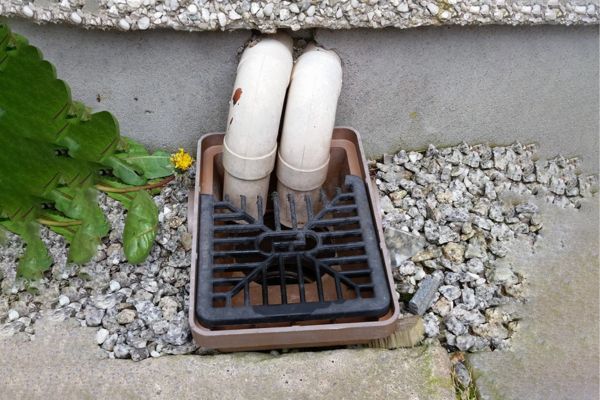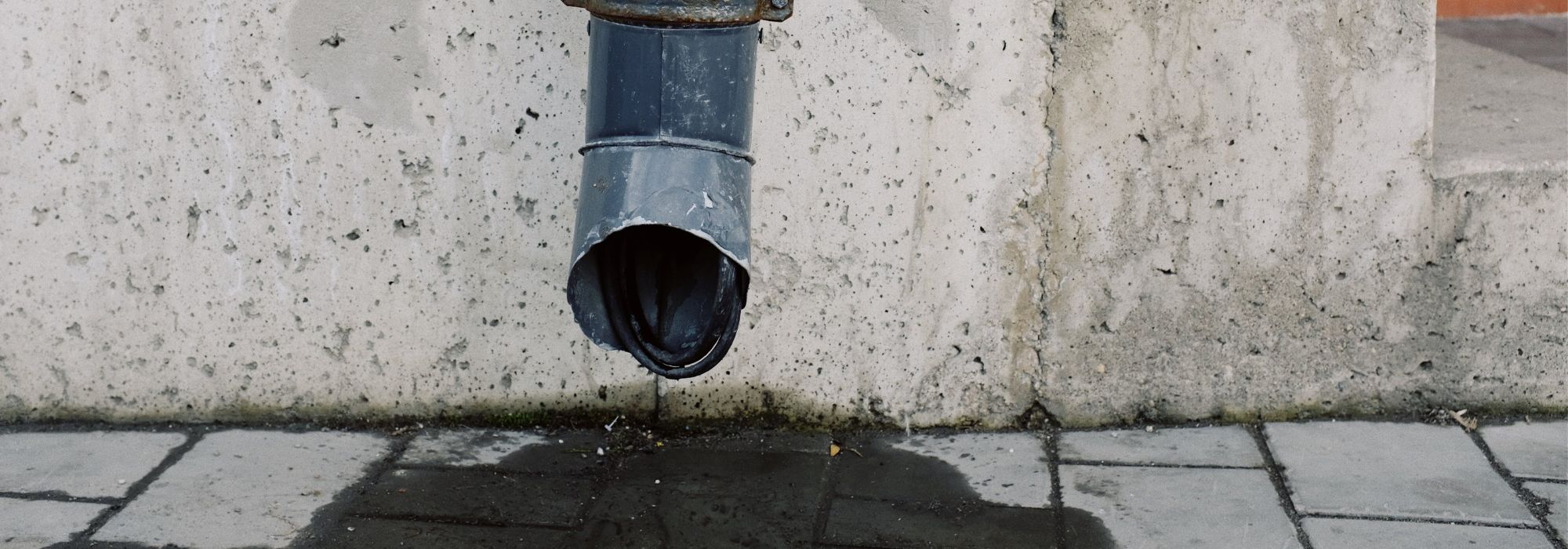Misconnections, explained

Many sources of pollution affect our waterways. However, not all of them are equally well-known to the public. Sewage spills, agriculture and road runoffs, and plastic pollution are some of the most talked about ones but, unfortunately, other issues also contribute to the poor state of the UK’s rivers, such as misconnections.
Drain misconnections happen when plumbing is released into the wrong sewer – often unintentionally. Usually, properties built in the last 100 years have two separate sewers: a wastewater sewer, which collects discharge from appliances, toilets, sinks, and showers and is connected to treatment plants before being released into the environment; and a surface water sewer, which leads rainwater and roof and ground runoffs directly to a nearby river or stream.
However, these sometimes can get mixed up. When there’s a misconnection, wastewater can be directed into the surface water drainage system and end up in waterways untreated, impacting the environment, wildlife, and people’s health. According to 2019 data published by Defra, around 150,000 to 500,000 homes in the UK have drain misconnections. The most affected appliances are washing machines (35%), sinks (20%) and dishwashers (10%), followed by toilets (5%).
All sorts of chemicals present in cosmetics and cleaning products, such as shampoos, detergents, and bleaches; food waste that contributes to blockages, such as fats and oils; and sewage carrying sanitary products and wet wipes that are wrongly flushed, make their way into rivers where people go for relaxing, swimming, and practising sports. Around 15% of rivers in England and Wales have failed water quality standards due to misconnections.
When harmful chemicals and sewage enter the river, the whole aquatic environment is harmed. Besides containing bacteria that can lead to diseases, sewage discharges decrease the oxygen levels in the water when decomposing, posing a threat to aquatic animals and plants.
Misconnections can also reduce the capacity of the sewer system to deal with flooding events, therefore, increasing flood risks. If a surface water pipe is connected to a wastewater sewer, it overwhelms the system, especially when there’s heavy rain, leading to foul sewer flooding.
Spotting a misconnection in your home can be a hard task. However, you can get a better idea by considering the age of the property (properties built before 1920 are likely to have combined drainage, while more recent ones have separate sewers); understanding if any alterations have been made in the kitchen and bathrooms; and observing if there are any pipes connected to a rainwater one on the outside of the property. Water UK provides a comprehensive guide on how to check for a misconnection and how to deal with it in case one is found.
Water companies are generally only responsible for misconnections in below ground shared drainage[1].
Besides checking your property and fixing any misconnections, you can help protect the environment by raising awareness about the issue and its negative impacts by talking to your friends and family. If you weren’t aware of what a drain misconnection is before, chances are they have also never heard about it.
In addition to checking that your own property doesn’t have any misconnected drainage, you can join Thames21’s periodical Outfall Safari Surveys. This is a great way to spot misconnected outfalls and to ensure they are reported to the water company responsible for fixing them.
We all need to up our game. Protecting and caring for the environment is everybody’s responsibility.
[1] https://www.ciphe.org.uk/news-and-advice/press-releases/the-misery-of-misconnections/
